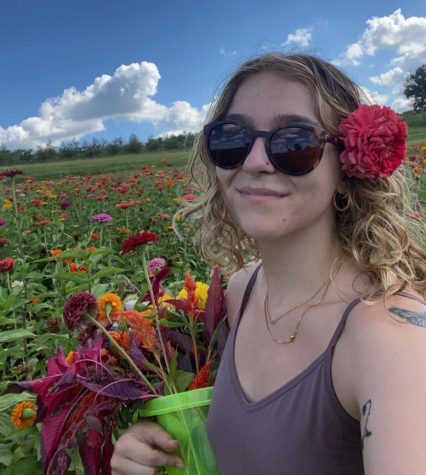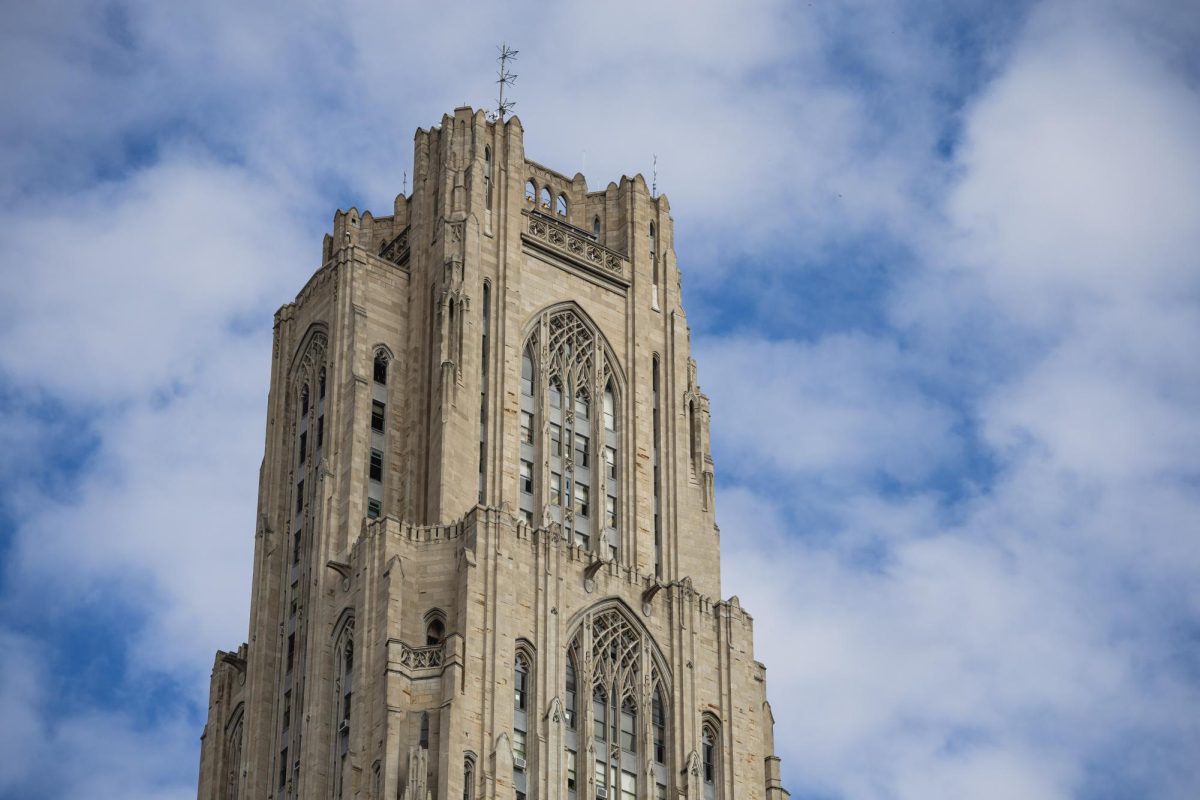Opinion | The United States has a food accessibility, not obesity, epidemic
September 29, 2021
A report issued by the United States Department of Agriculture in 2020 found that 10.5% of American households were “food insecure.” The report also detailed that 7.6% of households with children faced food insecurity. Simultaneously, a report from Trust for America’s Health said 42.4% of American adults and 19.3% of Americans aged two to 19 were obese. While these statistics may seem to contradict one another, they are interlinked.
People who reside in food deserts — areas where at least 33% of the population must travel more than one mile in urban areas, or 10 miles in rural ones, to reach a grocery store — are more likely to suffer from obesity, and consequently health issues linked to obesity such as high blood pressure and diabetes, as well as food insecurity. Food deserts are also determined by household and neighborhood resources — including available transportation and average income — meaning that those living along or below the poverty line are prone to living in these areas.
This is a national epidemic, and for many Pitt students, it’s also a lived experience. There are no full service grocery stores within a reasonable walking distance of campus, and Pitt’s Forbes Street Market can hardly be considered affordable.
The problem is not isolated — it extends into all neighborhoods in the City too. For example, approximately 63,000 Pittsburgh residents in 2019 experienced inconsistent access to food. There are initiatives — such as the no-cost farmers market Black Urban Gardeners and Farmer of Pittsburgh, developed in Homewood and the Hill District — to remedy the situation, particularly in Black neighborhoods that have historically been underserved and are twice as likely to face food insecurity as compared to white ones.
The bitter reality is that the food crisis in the U.S. is caused by many reasons — food deserts, a lack of healthy and affordable options and unreliable school meals.
Even though around 42 million Americans receive SNAP benefits annually, many people are still unable to afford nutritious foods they need to sustain themselves. Since processed foods are consistently kept at low prices — in part because the government subsidizes their ingredients, such as corn and soy — low-income households’ diets mainly consist of these items. But raw produce, the thing public health officials urge us to eat for a balanced diet, is overwhelmingly unavailable to low-income consumers.
Why is it that the foods we are constantly told not to eat or overindulge in are what’s at our disposal? Wouldn’t it make more sense for the government to subsidize fresh fruits and vegetables — making them affordable for everyone? Frankly, it’s exhausting trying to make sense of this. If the organizations making the majority of the country’s food-based decisions don’t fully recognize the current situation, then how will things change? My answer — I don’t know.
In this nation, households with children experience higher levels of food insecurity than those without, meaning meals provided by schools are necessary to keep children sustained. Before the COVID-19 pandemic, 20.1 million children received free lunches, including many children of color. This means that fresh, nutritious foods in schools are vital for keeping children’s diets balanced. Unfortunately, the reality is far from this.
The Centers for Disease Control and Prevention issued a report in 2017 showing that only 7.1% of high school students receive enough fruit in their diet, and only 2% receive enough vegetables.
The situation only intensified when the USDA proposed new national school meal guidelines in 2020. The suggestions included some shocking descriptions — french fries and certain pastas could be served as a vegetable, for example. So, not only are children’s choices for healthier options limited, much of the food available to them negatively impacts their health.
About one-third of Americans born after 2000 — the same children not receiving enough fruits and vegetables — will develop early onset type 2 diabetes. Among minority populations, the number jumps to one in two.
As for Indigenous Americans, more than 16% have diabetes — the highest among all U.S. racial and ethnic groups, despite making up a mere 2% of the population. Illustrating the severity of this statistic, more than 60% of Native-majority counties were categorized as struggling to access enough food in a 2015 report.
Access to fresh foods is considered a luxury to most people on reservations. Even when Indigenous people have access to fresh food, the prices are often outrageous. For example, a prepackaged bag of apples can cost as much as $15 and a head of cabbage $12.
These statistics seem like they may contradict one another — how could someone facing hunger also develop diseases linked to obesity, such as diabetes?
People living with obesity can simultaneously experience food inaccessibility and malnourishment. The link between the two is often ignored since it contradicts the outward appearance of the problem. When we think of malnutrition and hunger, we imagine people who are underfed and noticeably thin. But hunger comes in all shapes and sizes, and failing to recognize that is extremely harmful and inherently fatphobic. Inaccessibility to food can be a major source of fuel for unhealthy eating, not necessarily the behavior of an individual.
Although we face this issue everywhere we go, there are things we can do to help. Start by checking out Pitt’s own Plant2Plate — a program that focuses on access to fresh food and grows it in a garden on campus. Other organizations to support are local food banks that distribute food that’s central to a healthy diet. But most importantly, reach out to your representatives and let them know that investing in a healthy America should be a priority.
Without our input and action, food accessibility will continue affecting millions of people, including those in our community.
Grace DeLallo writes about social, environmental and political issues. Write to her at gkd5@pitt.edu.




